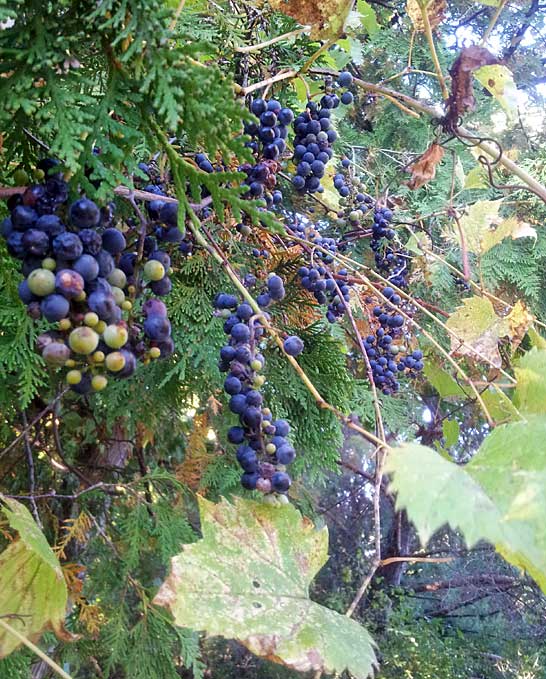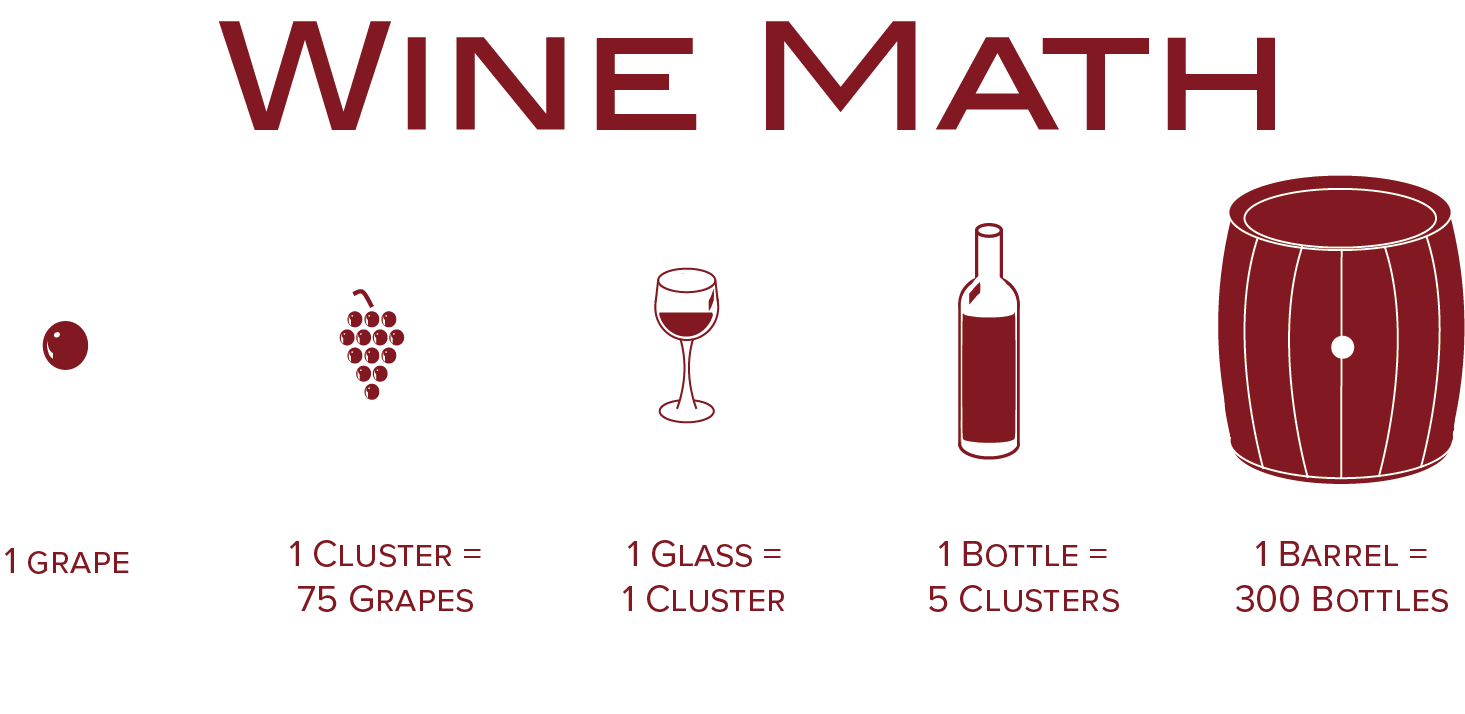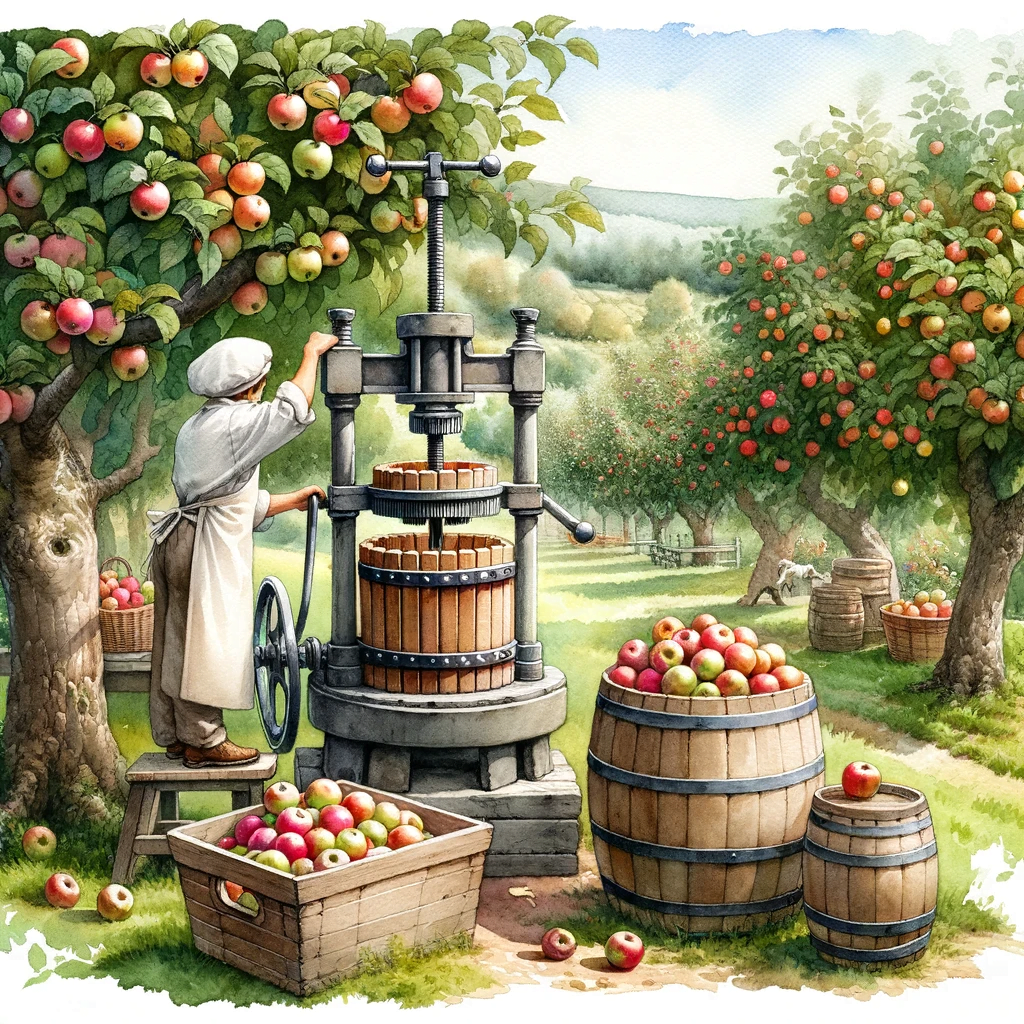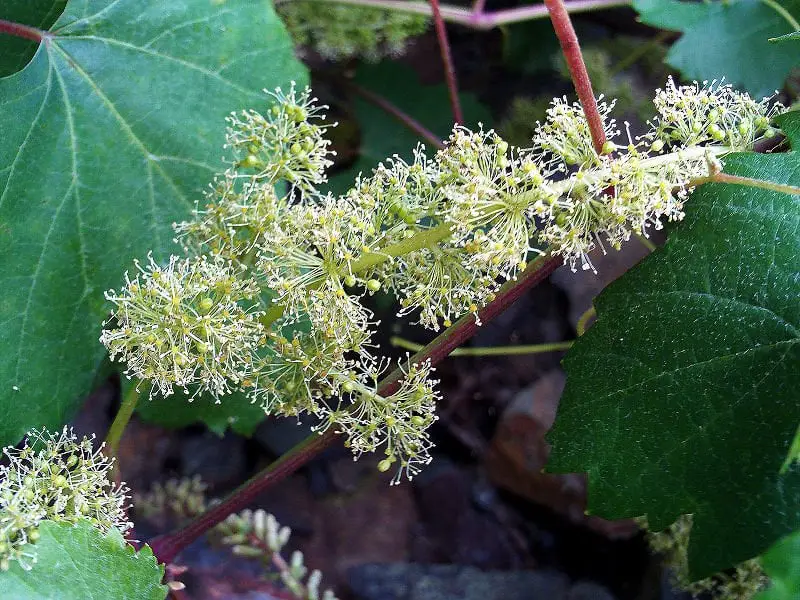Wild grapes, a bountiful fruit found in various regions, have long been overlooked in terms of their potential uses. However, with their distinct flavor and versatility, it is compelling to explore the various culinary possibilities that these untamed berries offer. From homemade jams and jellies to refreshing juices and flavorful wines, the options are endless for those who dare to embrace the tangy sweetness of wild grapes. In this article, you will discover a plethora of creative and delicious ways to make the most of these wild gems, elevating your culinary repertoire and satisfying your taste buds.
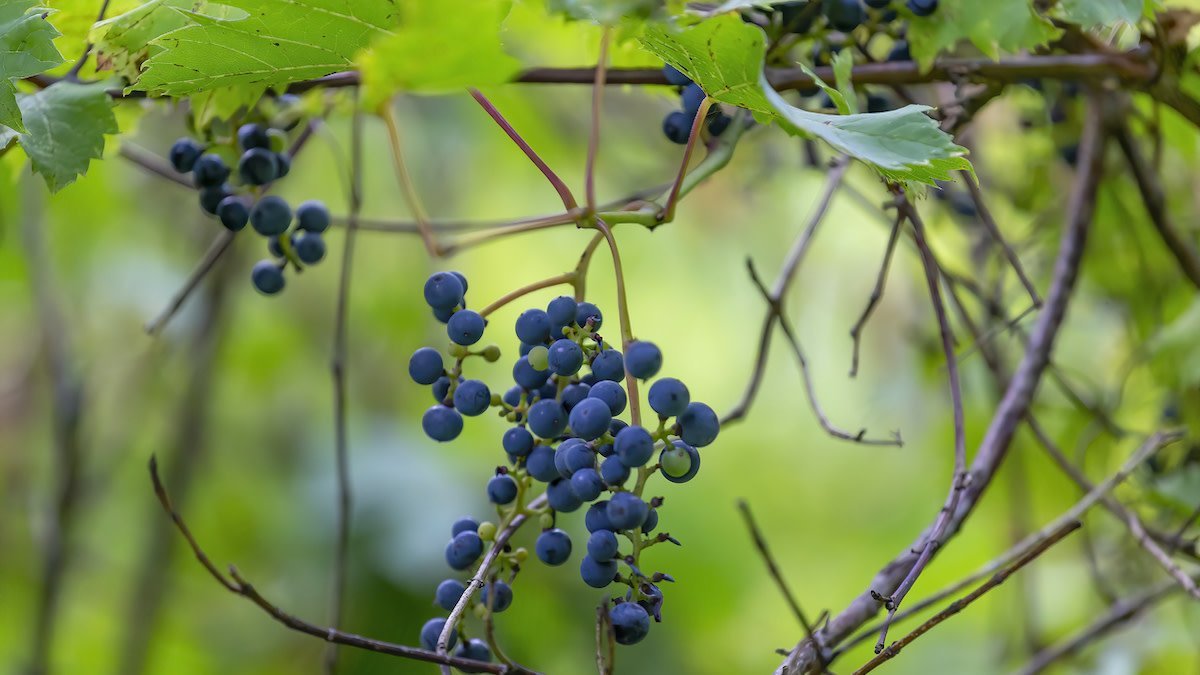
Making Wine
Harvesting the Grapes
To make wine from wild grapes, the first step is to harvest the grapes at their peak ripeness. This is usually in late summer or early fall when the grapes are plump, juicy, and full of flavor. When harvesting wild grapes, it is important to choose grapes that are free from any signs of disease or damage. Carefully cut the grape clusters from the vine, being mindful not to disturb the surrounding foliage.
Crushing and Pressing the Grapes
Once the grapes have been harvested, they need to be crushed and pressed to extract the juice. This can be done using traditional winemaking equipment such as a grape crusher and a wine press, or it can be done manually by gently crushing the grapes with your hands and then squeezing the juice out using a cheesecloth or fine-mesh strainer. The juice is then separated from the skins, seeds, and stems, which can be discarded.
Fermentation
After the juice has been extracted, it is time for fermentation. Transfer the juice into a fermentation vessel, such as a glass carboy or food-grade plastic container. It is important to add yeast to the juice to initiate the fermentation process. Yeast converts the natural sugars in the grape juice into alcohol and carbon dioxide. Cover the fermentation vessel with an airlock to allow carbon dioxide to escape while preventing any unwanted contaminants from entering. Let the juice ferment for several weeks, or until the desired level of alcohol content is reached.
Bottling and Aging
Once the fermentation process is complete, it is time to bottle the wine. Carefully siphon or pour the wine into clean, sterilized bottles, leaving some headspace at the top. It is important to cap the bottles tightly to create a seal. Depending on the type of wine being made, it may be necessary to age the wine for several months or even years to allow it to develop its full flavor and complexity. Store the bottles in a cool, dark place and periodically check on them to ensure they are aging properly.
Making Grape Juice
Preparing the Grapes
To make grape juice from wild grapes, start by carefully selecting ripe grapes that are free from any signs of disease or damage. Wash the grapes thoroughly under running water to remove any dirt or debris. Remove any stems or leaves that are still attached to the grapes, as they can impart a bitter taste to the juice.
Extracting the Juice
Once the grapes have been prepared, they can be extracted using a juice extractor, a blender, or by manually mashing the grapes and straining the juice through a fine-mesh sieve or cheesecloth. Gently press the grapes or blend them until the juice is obtained.
Pasteurizing the Juice
To ensure the grape juice is safe to consume and to extend its shelf life, it is important to pasteurize the juice. Heat the juice in a large saucepan or pot, stirring occasionally, until it reaches a temperature of 160°F (71°C). Maintain this temperature for at least one minute to kill any harmful bacteria or microorganisms that may be present.
Storing the Juice
After pasteurizing, the grape juice can be stored in sterilized glass jars or bottles. Allow the juice to cool completely before sealing the containers with airtight lids. Store the juice in a cool, dark place, such as a pantry or cellar, to preserve its quality. It is recommended to consume the grape juice within one year for the best flavor.
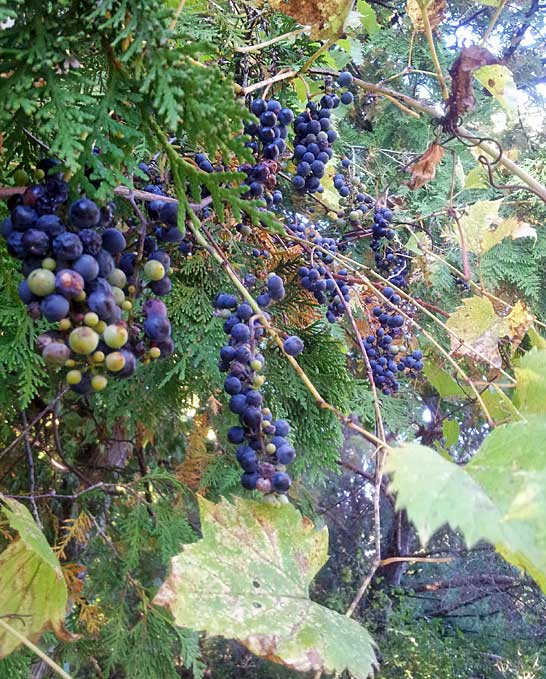
Making Grape Jelly
Preparing the Grapes
To make grape jelly from wild grapes, begin by harvesting and washing the grapes to remove any dirt or debris. Remove any stems or leaves from the grapes and discard them. Transfer the grapes to a large pot or saucepan.
Cooking the Grapes
Place the pot or saucepan on the stove over medium heat. Bring the grapes to a simmer, gently mashing them with a potato masher or fork as they cook. Allow the grapes to simmer for about 10-15 minutes, or until they become soft and release their juices.
Straining the Juice
Once the grapes have cooked, transfer the mixture to a fine-mesh sieve or cheesecloth-lined strainer set over a bowl. Use the back of a spoon to press down on the grapes, extracting as much juice as possible. Discard the solids left behind in the strainer.
Adding Pectin and Sugar
Measure the extracted juice and return it to the pot or saucepan. For every cup of juice, add ¾ cup of granulated sugar and one package of powdered fruit pectin. Stir the mixture well to dissolve the sugar and pectin completely.
Canning the Jelly
Place the pot or saucepan back on the stove over medium-high heat. Bring the jelly mixture to a rolling boil, stirring constantly. Boil for one minute, then remove the pot from the heat. Skim off any foam that may have formed on the surface of the jelly.
Quickly pour the hot jelly into sterilized jars, leaving about ¼ inch of headspace. Wipe the rims of the jars clean, then seal them with sterilized lids and rings. Process the jars in a boiling water bath for about 10 minutes to ensure proper sealing. Remove the jars from the water bath and allow them to cool completely before storing in a cool, dark place.
Drying the Grapes
Harvesting the Grapes
When it comes to drying grapes, the harvest is a crucial step in ensuring the best quality end result. Choose grapes that are fully ripe and free from any signs of disease or damage. Gently cut the grape clusters from the vine, taking care not to damage the grapes or surrounding foliage.
Washing and Drying the Grapes
After harvesting, wash the grapes under cool running water to remove any dirt, debris, or residue. Allow the grapes to air-dry or gently pat them dry with a clean kitchen towel. It is important to remove excess moisture before proceeding with the drying process.
Dehydrating the Grapes
To dehydrate the grapes, there are several methods you can choose from. One option is to use a food dehydrator, following the manufacturer’s instructions for drying grapes. Another method is to use an oven set to a low temperature (around 170°F or 75°C) and spread the grapes out on a baking sheet lined with parchment paper. Leave the oven door slightly ajar to allow moisture to escape. Drying times will vary depending on the size and moisture content of the grapes, but they typically take anywhere from 8 to 24 hours to dry completely.
Storing the Dried Grapes
Once the grapes are fully dried, allow them to cool completely before storing them. Transfer the dried grapes to airtight containers, such as glass jars or resealable bags, and store them in a cool, dry place away from direct sunlight. Properly dried grapes can be stored for several months and enjoyed as a healthy and delicious snack.
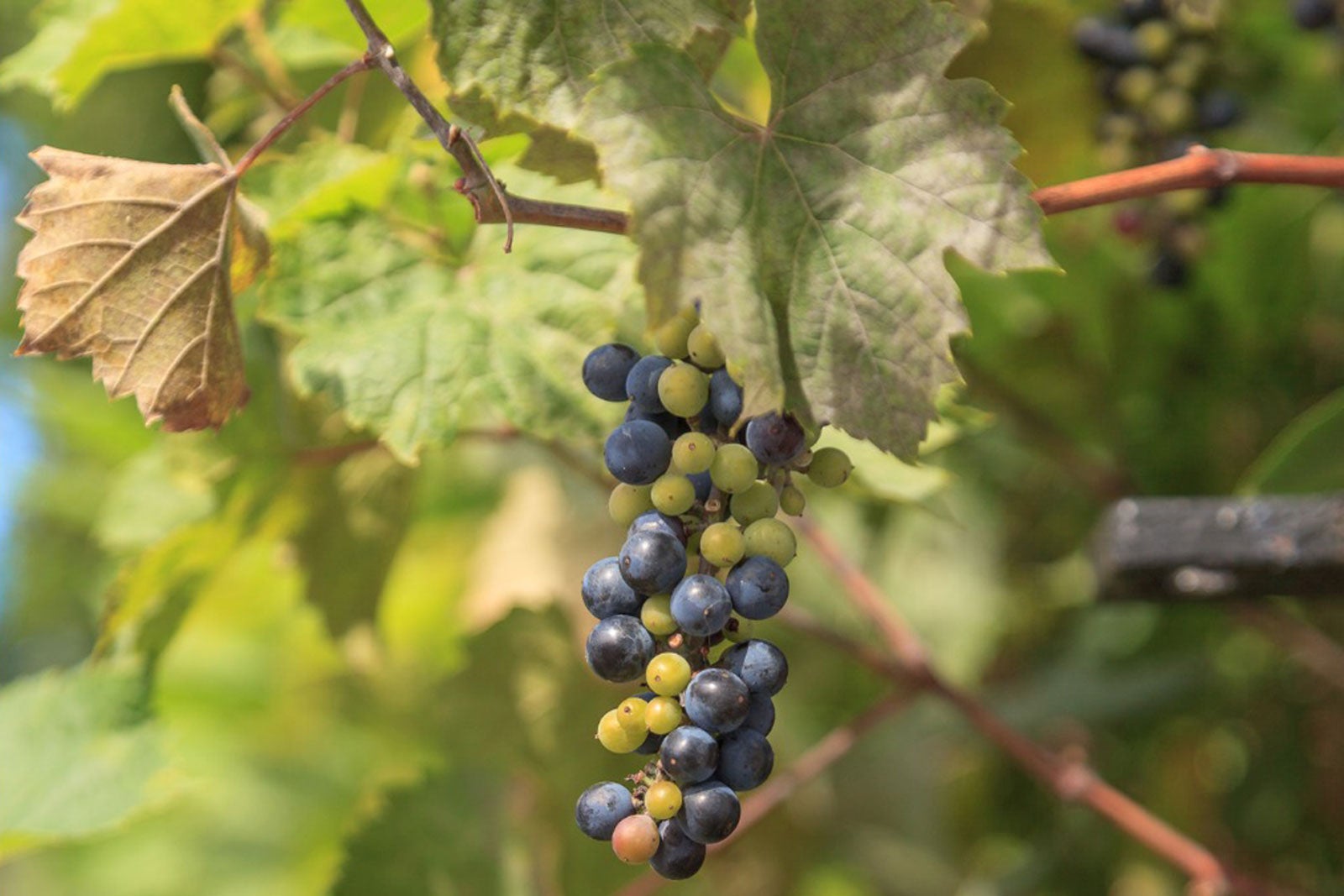
Making Grape Syrup
Preparing the Grapes
To make grape syrup, start by harvesting ripe and flavorful grapes. Wash the grapes thoroughly under running water to remove any dirt or debris. Remove any stems or leaves that are still attached to the grapes.
Simmering the Grapes
Place the washed grapes in a large pot or saucepan and add a small amount of water to the bottom of the pot to prevent burning. Using a masher or fork, gently crush the grapes to release their juices. Place the pot on the stove over medium heat and bring the grapes to a simmer. Allow the grapes to simmer for about 10-15 minutes, stirring occasionally.
Straining the Mixture
Once the grapes have simmered and released their juices, carefully transfer the mixture to a fine-mesh sieve or cheesecloth-lined strainer set over a bowl. Use the back of a spoon to press down on the grapes, extracting as much liquid as possible. Discard the solids left behind in the strainer.
Reducing the Syrup
Measure the extracted grape juice and return it to the pot or saucepan. Place the pot back on the stove over medium-high heat. Bring the juice to a boil and then reduce the heat to low. Allow the juice to simmer gently, stirring occasionally, until it reduces and thickens to the desired consistency. This can take anywhere from 30 to 60 minutes, depending on the amount of juice and desired syrup thickness.
Storing the Syrup
Once the grape syrup has reached the desired consistency, remove the pot from the heat and let it cool. Transfer the syrup to sterilized glass jars or bottles, taking care to leave some headspace at the top. Seal the containers tightly and store them in a cool, dark place. Properly stored grape syrup can last for several months and can be used as a topping for pancakes, waffles, desserts, or as an ingredient in various recipes.
Freezing the Grapes
Harvesting the Grapes
To freeze grapes, start by harvesting them when they are ripe and at their peak flavor. Carefully cut the grape clusters from the vine, taking care not to damage the grapes or surrounding foliage.
Cleaning the Grapes
Once harvested, wash the grapes under cool running water to remove any dirt or debris. Pat them dry with a clean kitchen towel or allow them to air-dry.
Prepping for Freezing
To prepare the grapes for freezing, you have two options: leave them whole or remove the seeds. If you prefer seedless grapes, slice the grapes in half and gently remove the seeds with the tip of a knife or a small spoon. Alternatively, you can freeze the grapes with the seeds intact.
Storing the Frozen Grapes
Transfer the cleaned and prepped grapes to airtight freezer-safe bags or containers. Seal the bags or containers tightly, ensuring there is minimal air trapped inside. Label the bags or containers with the date and grape variety. Place the bags or containers in the freezer and store them for up to 12 months.
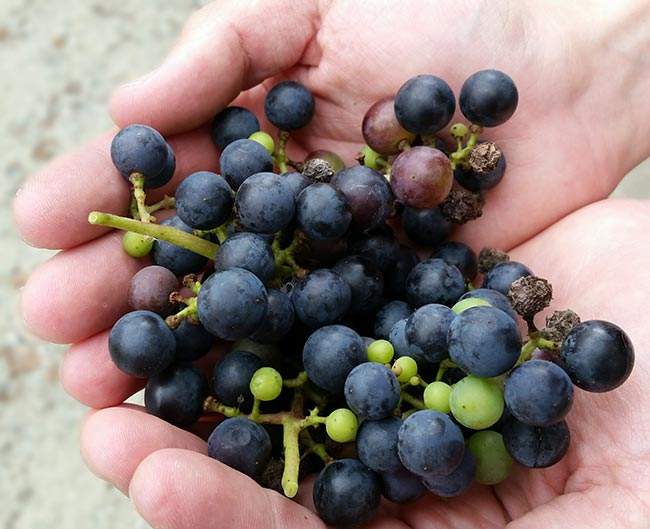
Making Grape Smoothies
Gathering Ingredients
To make a refreshing grape smoothie, gather the following ingredients: fresh or frozen grapes, a liquid base (such as almond milk, coconut water, or fruit juice), and any additional ingredients you desire, such as Greek yogurt, honey, or ice.
Preparing the Grapes
If using fresh grapes, wash them thoroughly under running water to remove any dirt or debris. If using frozen grapes, there is no need to wash them. Remove any stems or leaves that are still attached to the grapes.
Blending the Smoothie
Place the grapes in a blender along with the desired amount of liquid base and any additional ingredients. Start blending on low speed, gradually increasing to high speed, until the mixture is smooth and well combined. If desired, add ice to the blender for a chilled and refreshing smoothie.
Enjoying the Drink
Once the grape smoothie is blended to your desired consistency, pour it into a glass and enjoy it immediately. You can garnish the smoothie with fresh grapes, mint leaves, or a sprinkle of cinnamon for added flavor and presentation. Grape smoothies make a delicious and nutritious breakfast or snack option. Feel free to experiment with different combinations of fruits and ingredients to suit your taste preferences.
Using Wild Grapes in Recipes
Adding Grapes to Salads
Take your salads to the next level by adding fresh or dried wild grapes. The sweet and tangy flavor of the grapes pairs well with a variety of salad ingredients. Simply wash the grapes and remove any stems, then toss them into your favorite salad mix. Wild grapes can add a burst of freshness and unique flavor to both green salads and grain-based salads.
Creating Grape Salsa
Grape salsa is a delightful twist on the classic tomato-based salsa. Combine chopped wild grapes with diced tomatoes, onions, jalapenos, cilantro, lime juice, and a pinch of salt. Mix all the ingredients together and let the flavors meld for a few hours before serving. Grape salsa is a versatile condiment that can be enjoyed with tortilla chips, as a topping for grilled meats, or as a flavorful addition to tacos and quesadillas.
Making Grape Sauce for Meats
Wild grape sauce can elevate the flavor of grilled or roasted meats. Start by simmering wild grapes with a bit of water, sugar, and spices such as cinnamon or cloves. Allow the mixture to cook down until it thickens to a saucy consistency. Remove from heat, strain the sauce to remove any solids, and let it cool. The sweet and tangy grape sauce can be drizzled over pork, chicken, or grilled vegetables for a unique and flavorful twist.
Incorporating Grapes into Desserts
Wild grapes can be a delicious addition to a variety of desserts. Add them to fruit salads, tarts, pies, or compotes for a burst of natural sweetness. Alternatively, freeze grapes and use them as a refreshing topping for ice cream or sorbet. The versatility of wild grapes allows you to get creative in the kitchen and experiment with different desserts to satisfy your sweet tooth.
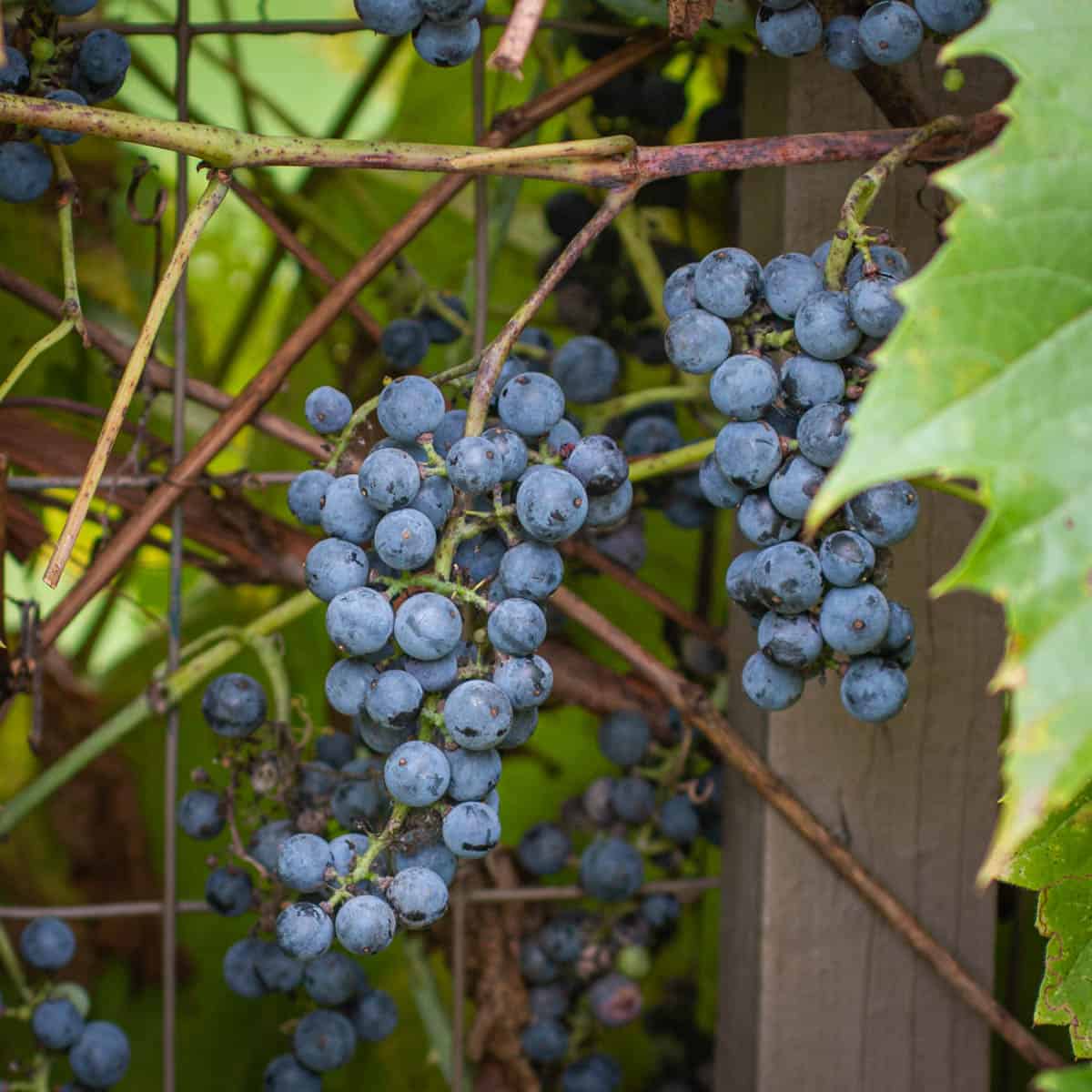
Feeding Wildlife with Grapes
Selecting Suitable Grapes
When feeding wildlife with grapes, it is important to choose grapes that are safe for consumption. Wild, unsprayed grapes are ideal, as they won’t contain any pesticides or harmful chemicals. Avoid grapes that are overripe or contain signs of mold or rot.
Placing the Grapes
Place the grapes in an area that is easily accessible to the wildlife you want to feed. You can scatter them on the ground, place them on a feeding platform, or hang them in a mesh bag or feeder. Ensure that the grapes are within reach for the animals, but also consider their safety and prevent them from being in a vulnerable position while feeding.
Observing Wildlife
Once the grapes are placed, find a comfortable spot where you can observe the wildlife from a safe distance. Allow the animals to discover the grapes at their own pace. It may take some time for them to feel comfortable approaching the feeding area, so be patient and try to minimize any disturbances or sudden movements.
Ensuring Safety
While feeding wildlife can be a rewarding experience, it is important to prioritize their safety and well-being. Avoid feeding animals in large quantities or making them dependent on human-provided food. Wild animals have specific dietary needs, and relying solely on grapes may not provide them with a balanced diet. Additionally, be mindful of any potential conflicts with human activities or local regulations regarding wildlife feeding. Always prioritize the health and natural behaviors of the animals while enjoying their presence.
Decorating with Wild Grapes
Harvesting Healthy Grapes
To use wild grapes for decoration, it is essential to harvest healthy grapes that are free from any signs of damage, disease, or pests. Carefully cut the grape clusters from the vine, choosing ones that are intact and vibrant in color.
Using Grapes in Centerpieces
Fresh grape clusters can be a stunning addition to centerpieces for various occasions. Arrange the grape clusters in a decorative bowl or use floral foam and skewers to create a grape-filled arrangement. Combine the grapes with other natural elements such as flowers, leaves, or seasonal fruits to create a visually appealing centerpiece.
Creating a Grapevine Wreath
Crafting a grapevine wreath can be a wonderful way to incorporate wild grapes into your home decor. Start by collecting grapevines and shaping them into a circular form. Secure the vines together using floral wire or twine, creating the base of the wreath. Next, intertwine additional grapevines around the base, attaching them with wire or twine. Once the desired size and shape are achieved, tuck fresh or dried grape clusters into the wreath, securing them with wire or hot glue. Hang the grapevine wreath on your door or display it as a decorative accent piece indoors.
Making Grapevine Swags
Grapevine swags can add a touch of natural beauty to mantels, staircases, or window frames. Gather grapevines and shape them into long, flowing swags. Secure the vines together in various spots using wire or twine. Intertwine fresh or dried grape clusters along the length of the swags, securing them with wire or hot glue. Hang the grapevine swags in desired locations, allowing the cascading vines and clusters to enliven the space.
In conclusion, wild grapes offer a multitude of possibilities beyond just being enjoyed as a fresh snack. From winemaking and grape juice production to crafting delicious grape jellies and creating beautiful decorations, there are numerous ways to make the most of wild grapes. Whether you choose to harvest the grapes for culinary purposes or embrace their presence in the natural environment by feeding wildlife or using them in home decor, wild grapes provide a unique and versatile resource to be appreciated and enjoyed.
